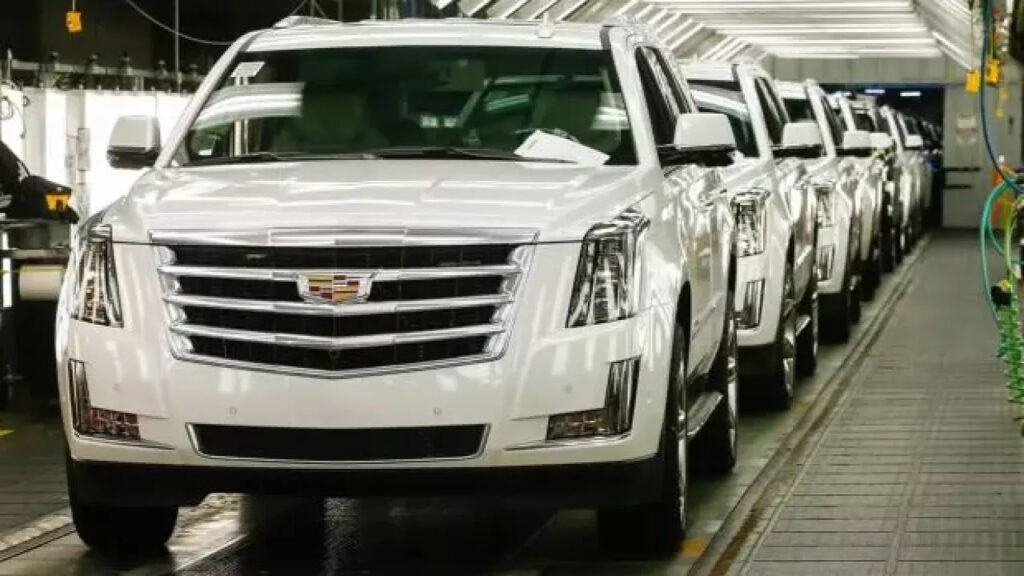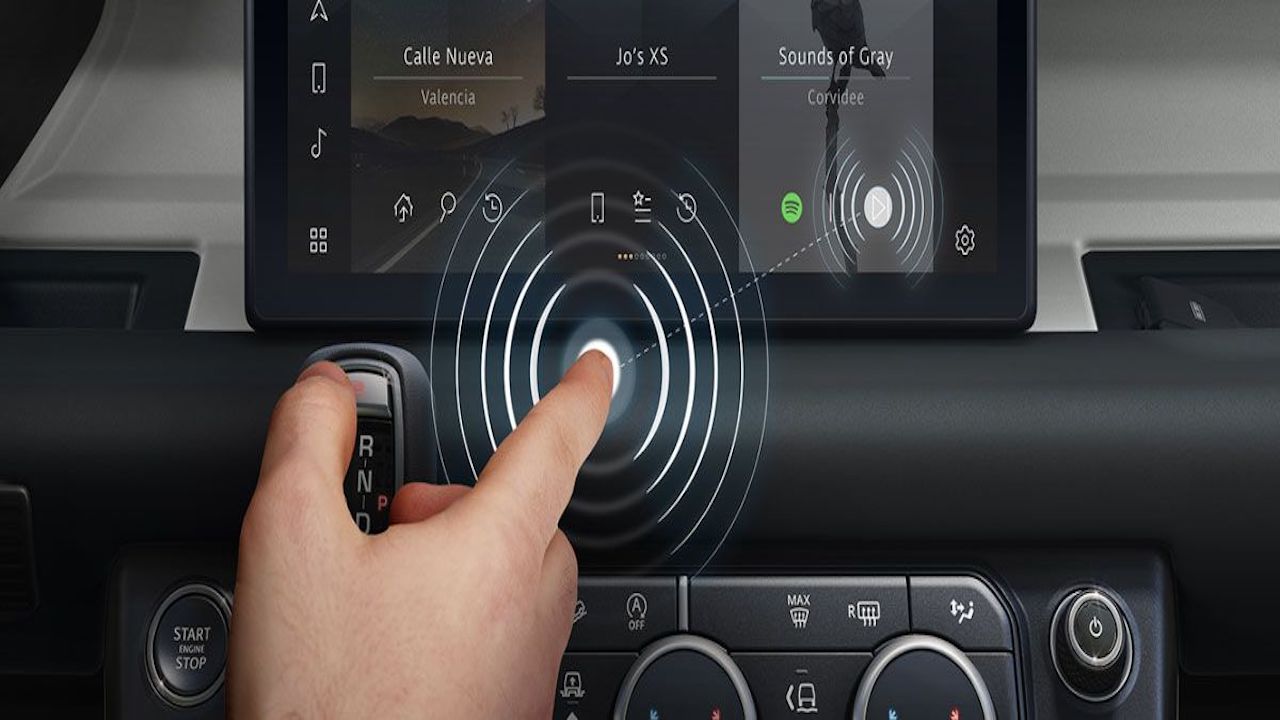General Motors has patented the technology that most technology companies are currently working on. Self-cleaning touchscreen technology is very new for now and it is not known when it will be used. But it was a surprise for many companies that this technology came out of an automotive company.
Self-cleaning touchscreen was an expected technology
The first touch screen; In 1965, E.A. Johnson developed it at the Royal Radar Facilities. Although a revolution from this date, many of us have met with smartphones and touch screens. Since then, this technology has evolved. Their developments were mostly in the form of technological developments. But there were other problems as well. One of them was fingerprints. Fingerprints are not that bothersome to most, but they are very annoying to some. Fingerprints vary in different colors and different models. But almost all technological devices have this problem.
With the advancement of technology in every field, white goods, cars and smart homes have also been intertwined with technology. Although some work with remote control and some with voice commands, we never completely cut off physical contact. Therefore, the need for self-cleaning touchscreen technology has increased even more.

The automotive industry has also increased its R&D studies by using technology more in its vehicles. They made special investments in these areas. They expanded their IT department. They have adapted to the present. The American Detroit-based automotive giant is one of these companies. He will be thinking about this issue that they are the ones who patented the self-cleaning touchscreen technology.
According to the screen design of the patent, in addition to the red, green and blue pixels, there will also be a purple pixel similar to ultraviolet light, which is invisible to the human eye. In addition, a metal oxide-based photochemical surface coating product that will react to ultraviolet radiation in sunlight will be used, which does not harm human health.
That’s because many cars use sun-blocking windows to keep the interior cool. This prevents reaction, that is, cleaning. The purple pixels will help the photochemical surfacing product begin to react. The photochemical surface coating product, the photocatalyst coating, will absorb ultraviolet light and create a chemical reaction by using the humidity in the air and will clean the fingerprint itself.













